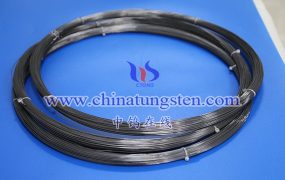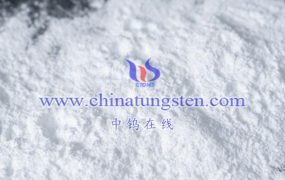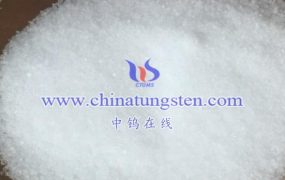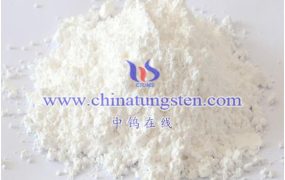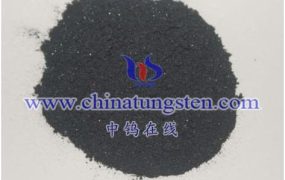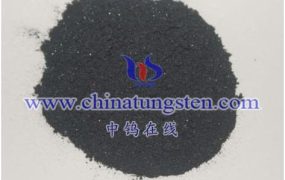As one of the most important raw materials for the production of cemented carbide, the performance indicators of tungsten carbide (WC) powder, such as particle morphology, size, particle size distribution range and impurity content, will directly affect the quality and use of cemented carbide. According to different particle sizes, WC powder can be divided into ultra-coarse tungsten carbide, micron tungsten carbide, submicron tungsten carbide, subnano tungsten carbide and nano tungsten carbide, etc. Compared with other sizes of WC powder, what are the advantages and disadvantages of micron and submicron WC particles?
From the definition, tungsten carbide is a compound composed of transition metal tungsten and non-metallic carbon. The English name is Tungsten Carbide, the chemical formula is WC, and the molecular weight is 195.85.
From the perspective of physical and chemical properties, the appearance of WC is black granular powder, with a melting point of about 2870 °C and a boiling point of about 6000 °C. It is insoluble in water, hydrochloric acid and sulfuric acid, but is easily soluble in the mixed acid of nitric acid-hydrofluoric acid. Similar hardness, good electrical and thermal conductivity, low thermal expansion coefficient, high elastic modulus and compressive strength.
It is worth mentioning that the particle size of micron and submicron WC powder is between micron and subnanometer, that is, between 100nm and 1.0μm, so it will not be as easy to agglomerate or disperse as subnanometer WC in a certain environment It is better, and at the same time, it does not need long ball milling time like micron WC, which is more conducive to the preparation of submicrocrystalline cemented carbide. But it is not suitable for 3D printing technology, because the particles are too large and the products produced are relatively rough.
From the perspective of production process, micron and submicron WC powders are made of ammonium tungstate solution as raw material, polymer surfactant as dispersant and alcohol or ketone to strengthen dispersion, and spray drying is used for rapid crystallization and drying to obtain fine particle hollow thin film. Squash-shaped ammonium tungstate crystals can be generated in situ through pyrolysis, hydrogen reduction, and carbonization.
In terms of usage, micron and submicron tungsten carbide powders are mainly used to produce cemented carbide, superhard cutting tools, jet engine parts and kiln structural parts, etc.

More details of tungsten carbide powder product, please visit website: tungsten-powder.com
Please contact CHINATUNGSTEN for inquiry and order of tungsten carbide powder:
Email: sales@chinatungsten.com
Tel.: 86 592 5129595
